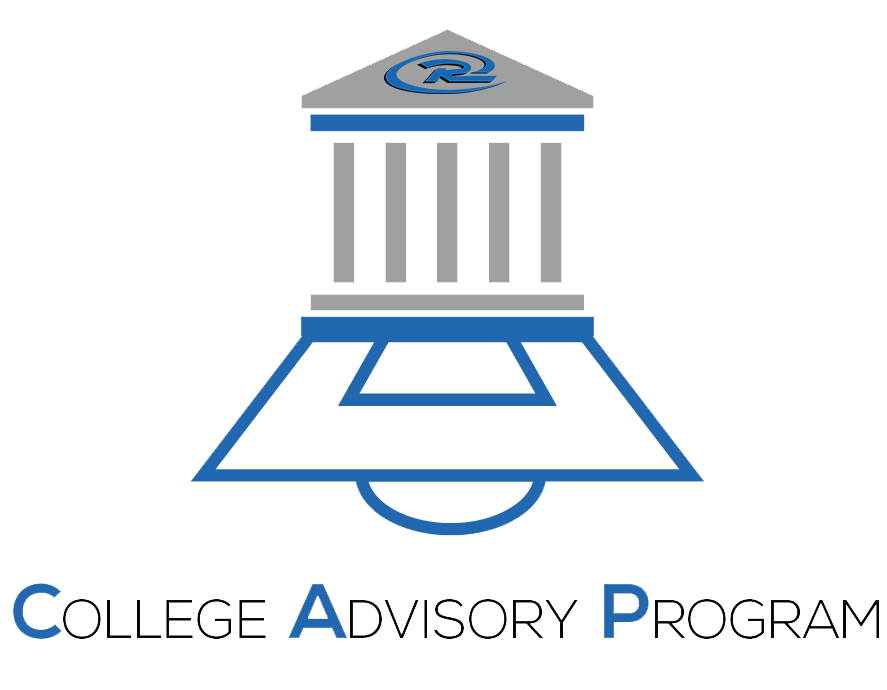COLLEGE BOARD
This article was written by the good folks at the College Board. HERE is the link to the original article
If you’re wondering what a good SAT score is, you’re not alone. It’s one of the top questions we get from both students and parents.
The answer is short and possibly frustrating: It depends on who you are and what you want to do with your score.
If you’re a junior taking the SAT for the first time, any score is a good score because it gives you valuable information about the academic areas you need to work on. Then you can focus on improving those areas and take the SAT again.
If you’re a senior applying to college, a good score depends on where you’re applying and what the rest of your application says about you.
For instance, a good score for a student who struggled in high school may be different than a good score for a straight-A student. And the score that helps you get in to a college that accepts a high percentage of students who apply may not be the same as the score that helps you get in to a more selective school.
Putting Scores in Perspective
Think of your college application as an intricate recipe. Your SAT score is just one ingredient. An important one, to be sure, but it doesn’t really work by itself.
However, when you combine it with everything else in your application, like your GPA, your extracurriculars, and your personal essay, you might get something really great-like a delicious acceptance letter.
The key takeaway is this: A good score is one that works with the rest of your application to get you in to a college you’re excited about.
The following information will help you figure out where you want to go and what scores can help you get there.
1. Think About What You Want
Imagine your ideal college experience. What do you see? Are you in a big city or a small town? Is there a strong theater program or a state-of-the-art computer lab?
2. Understand the Score Range
The score range for the SAT is 400−1600; that’s your total score. It’s the sum of your scores on the Evidence-Based Reading and Writing (ERW) section and the Math section, which each have a score range of 200−800.
3. Don’t Obsess Over the Numbers
We’re serious. Your SAT score is a significant part of your college application, but it’s not the only part. Even if you get a 1600, there’s no guarantee you’ll get in if the rest of your application doesn’t match what the college is looking for.
4. Check Average SAT Scores
The average scores of accepted students vary from school to school. Highly selective colleges accept a small percentage of applicants, so most of the students they admit have SAT scores near the top.
Other colleges, like state schools or community colleges, admit a higher percentage of applicants, so the average scores there are usually lower.
Next Steps: Practice and Improve
No matter what score you get, you can almost always do better. Here are two easy ways to improve your score:
1. Practice more
2. Retake the SAT
Students who take the SAT a second or third time consistently get higher scores. Here’s why you might do better if you take the test again:
- You’ll have learned more in school.
- You’ll have more time to study.
- You’ll know what types of questions to expect.
- You’ll be more relaxed.
You’ll also be able to take advantage of the superscoring policy at some colleges. Superscoring is when colleges add your best ERW score to your best Math score-even if those scores are from different dates-to get your best total score.
One More Thing
Don’t stress out. No matter what your SAT score is, there’s a college that’s right for you-you just have to find it. Good luck!

